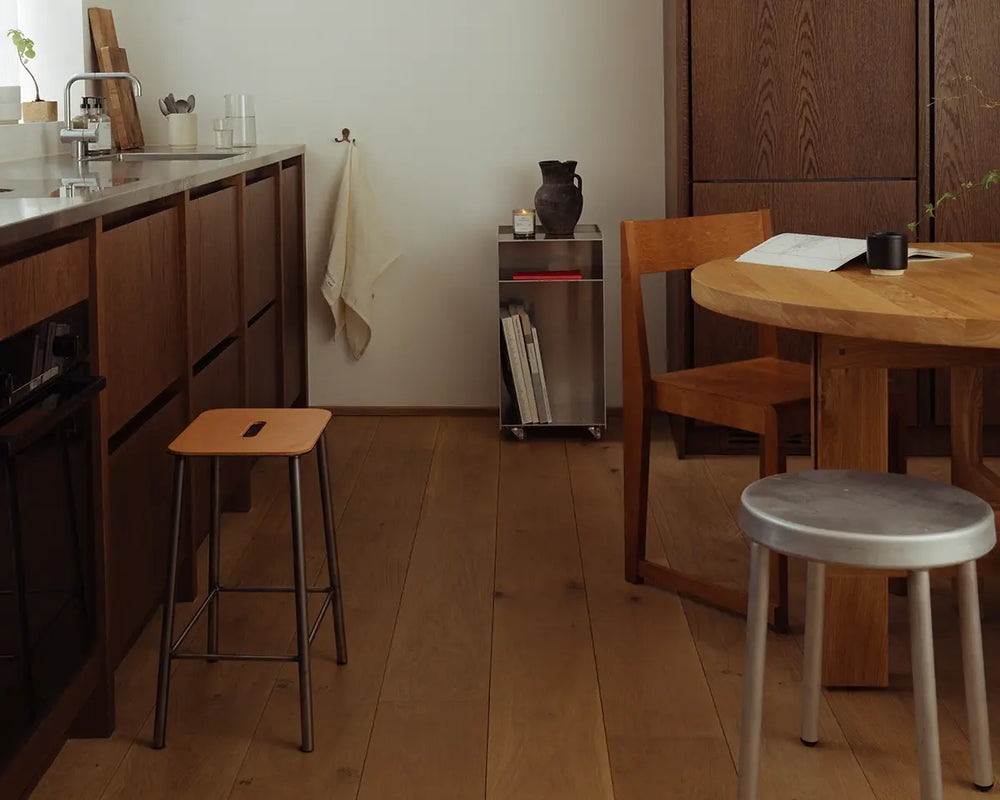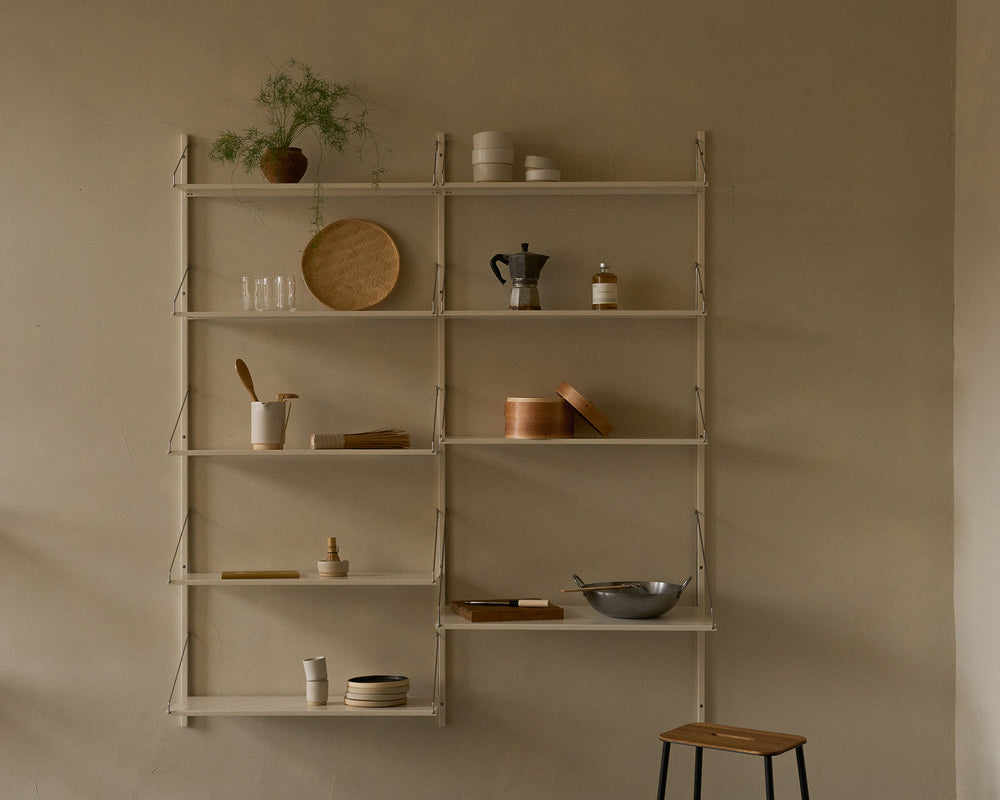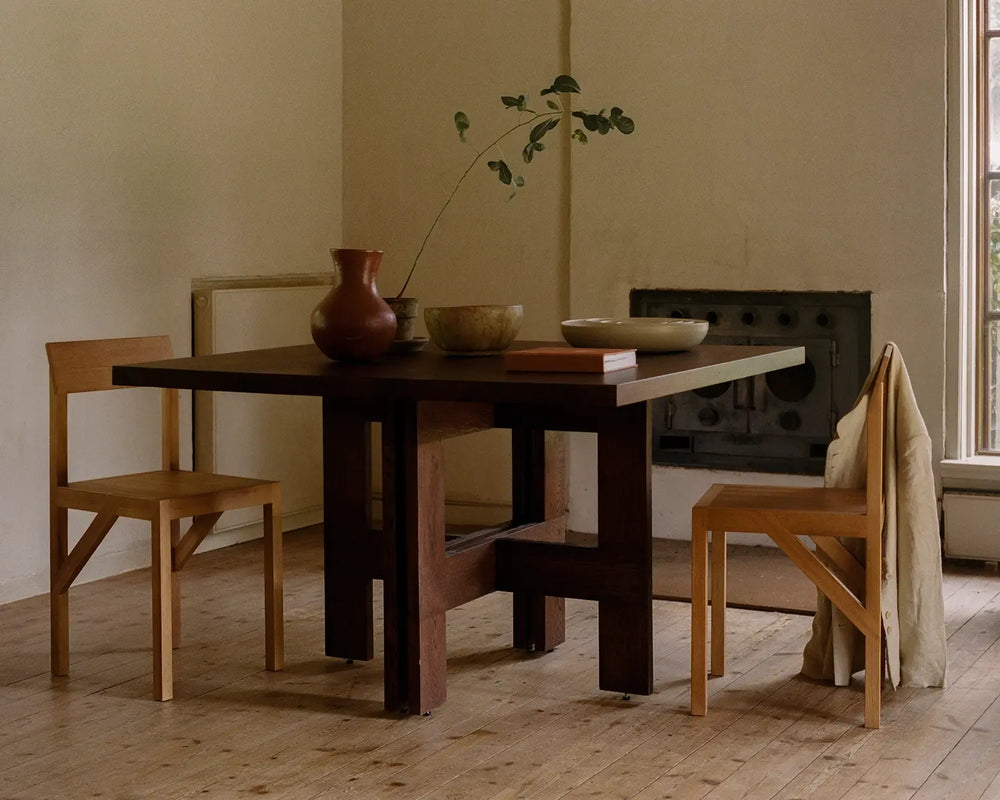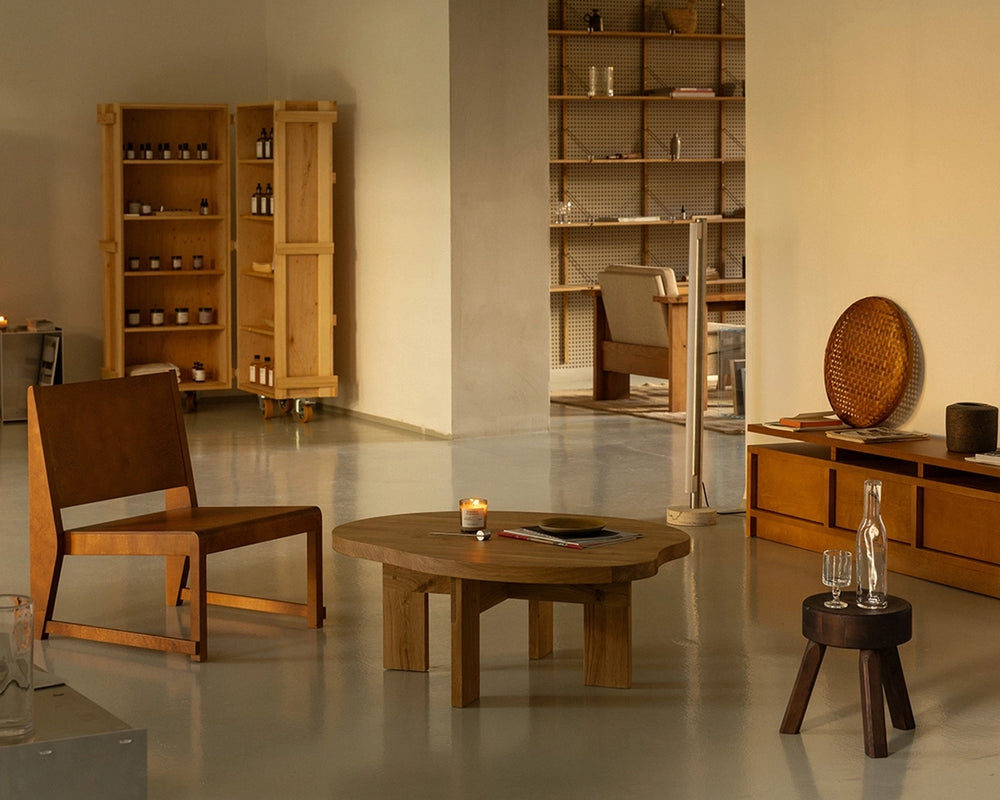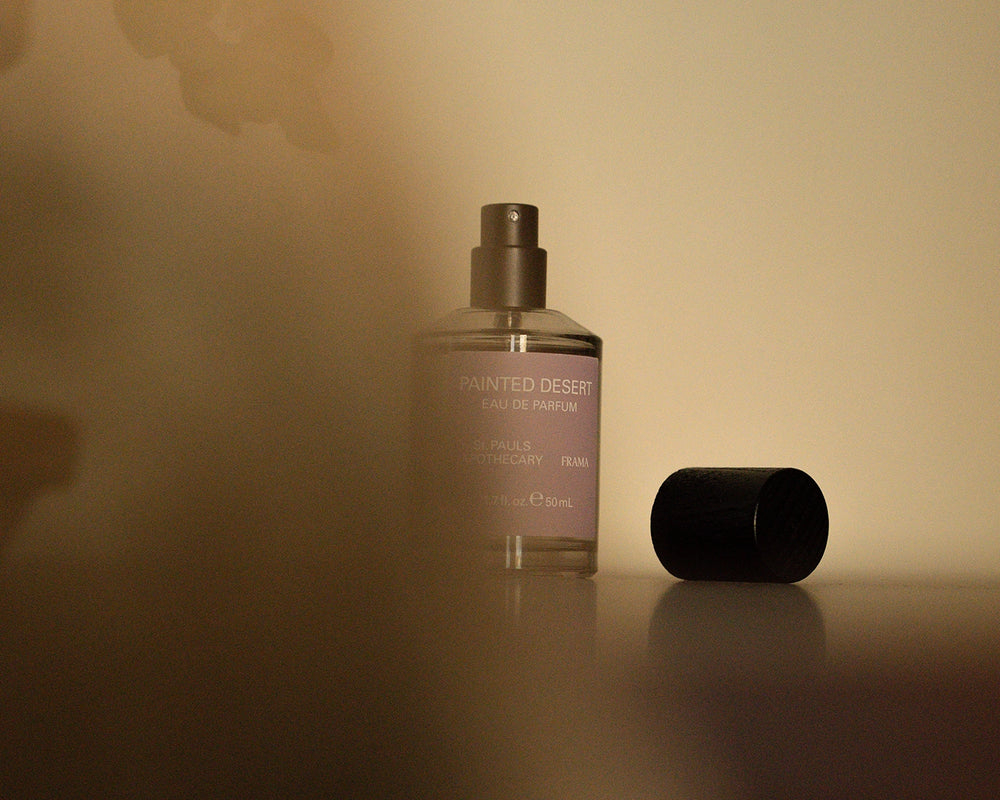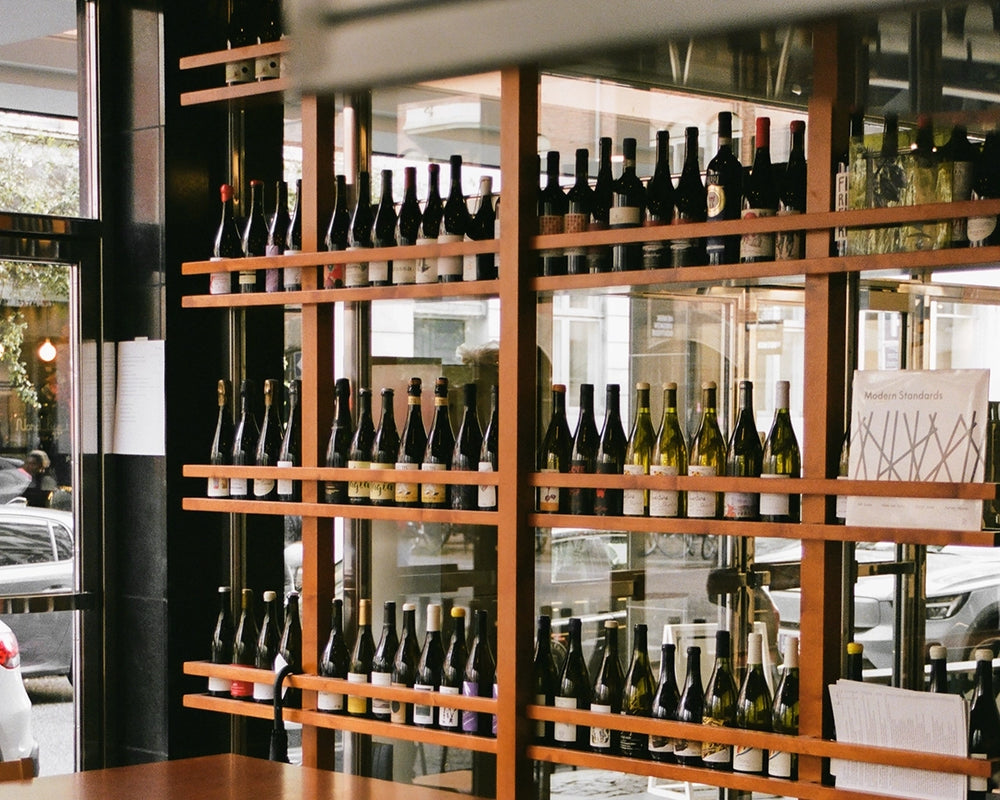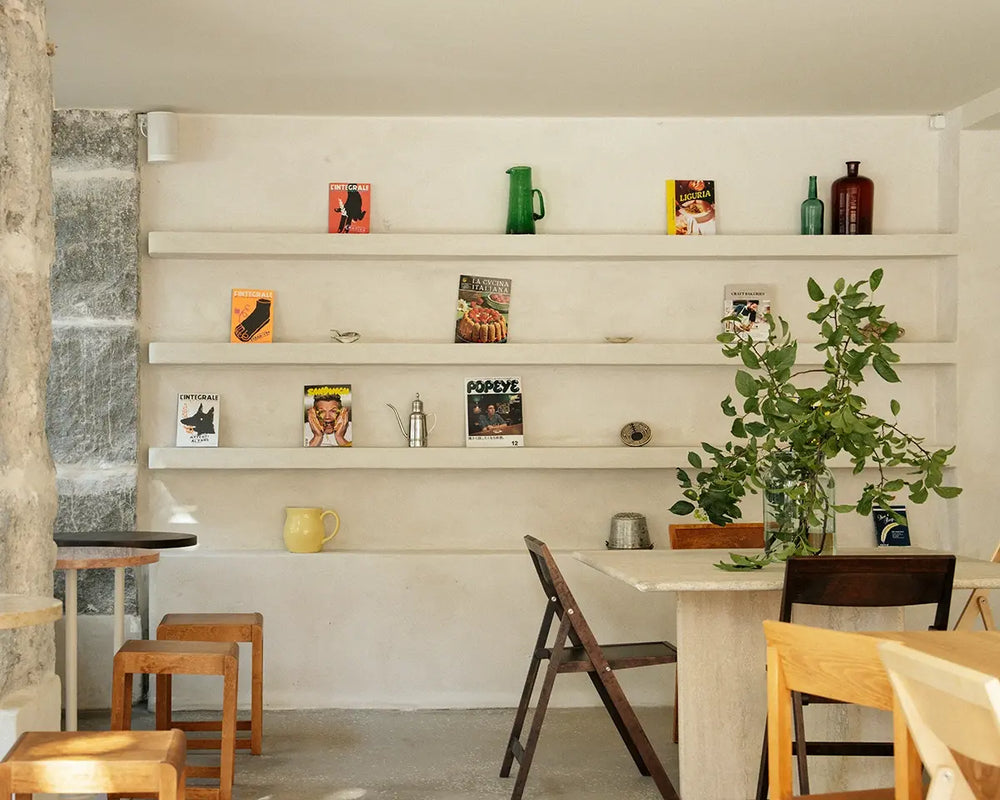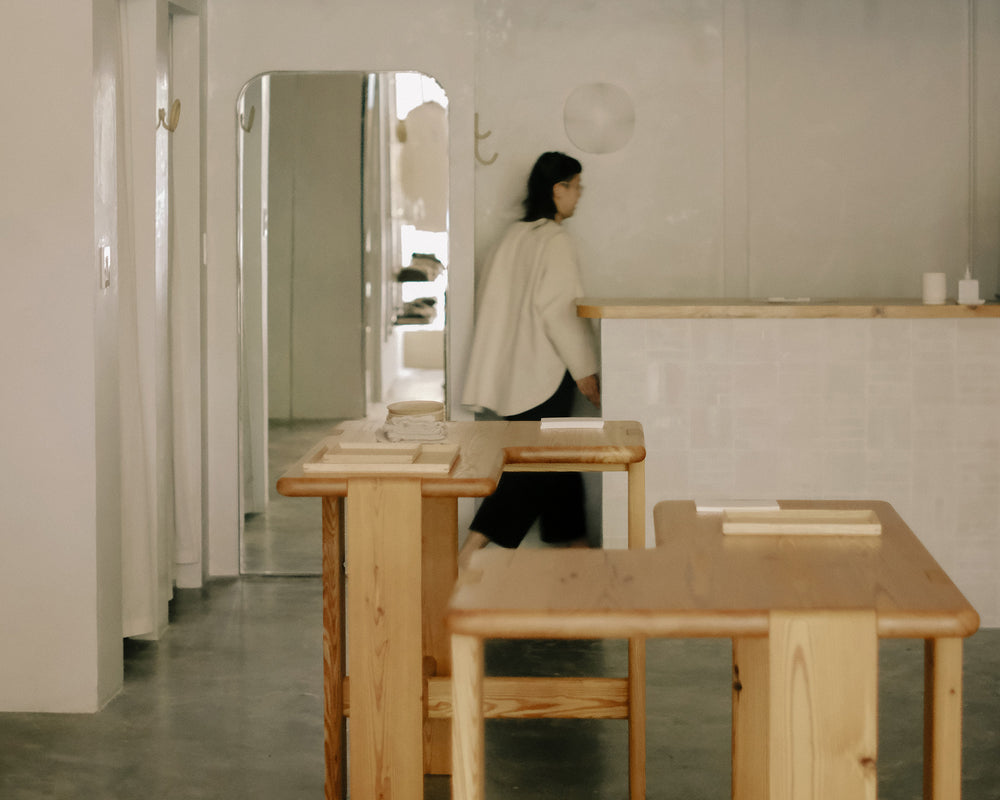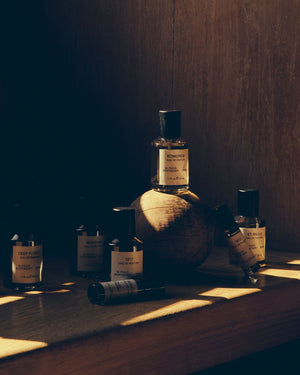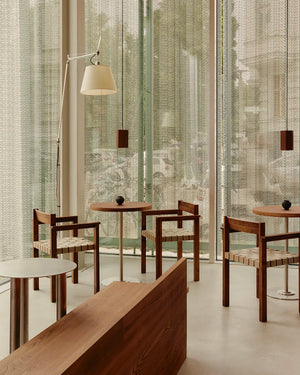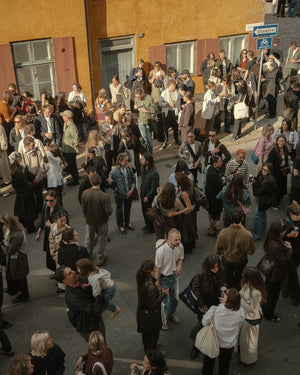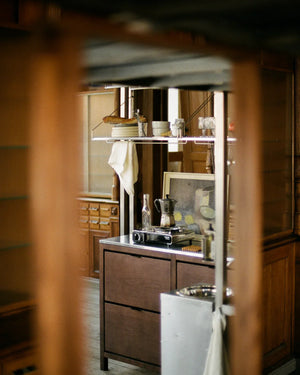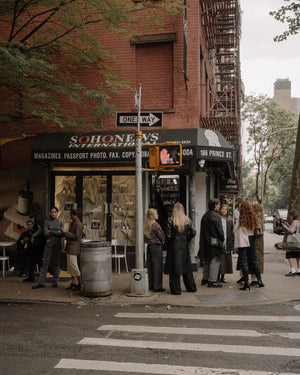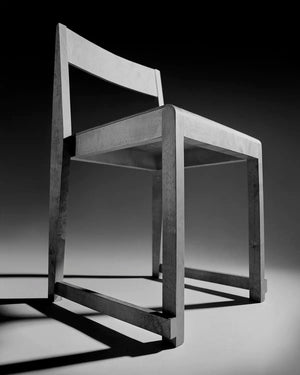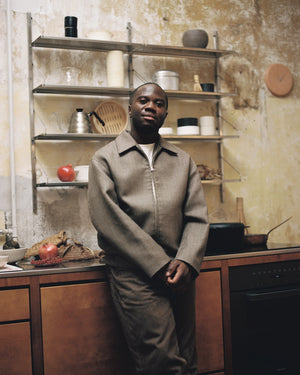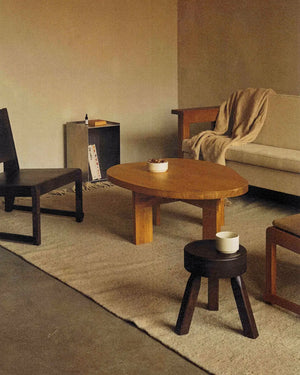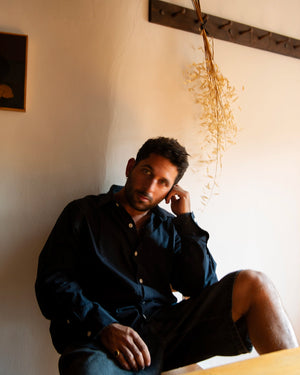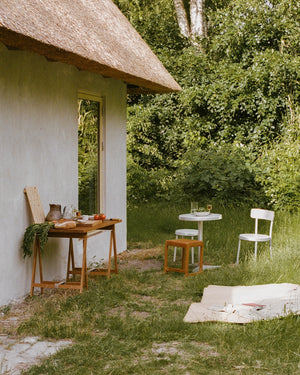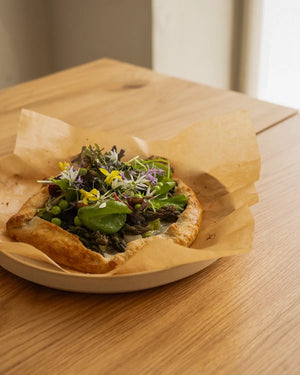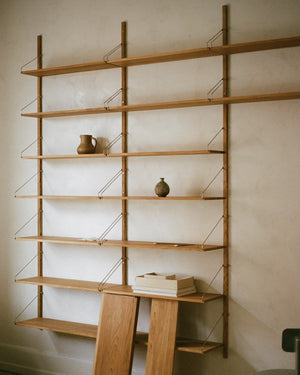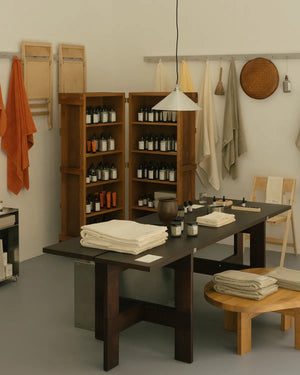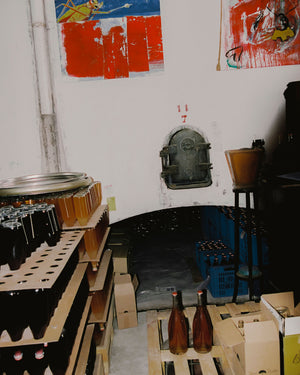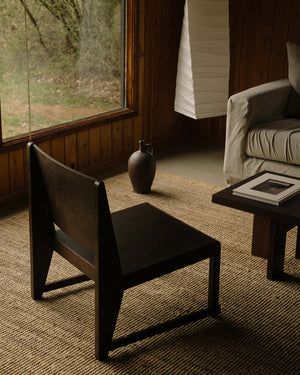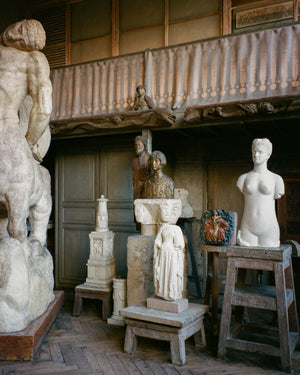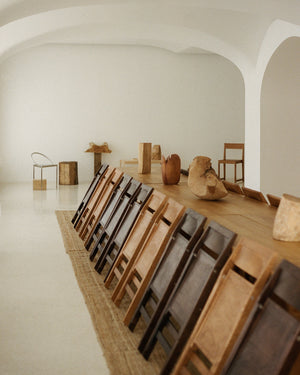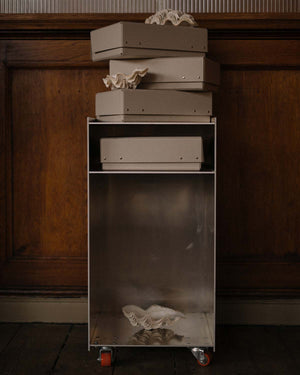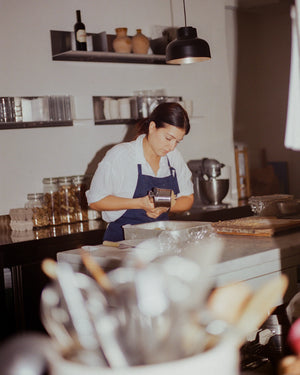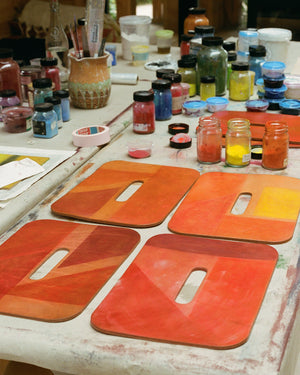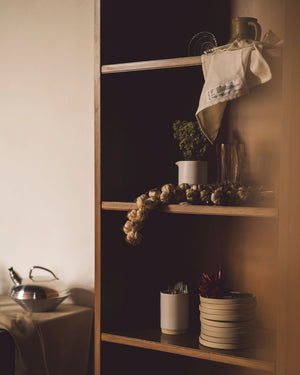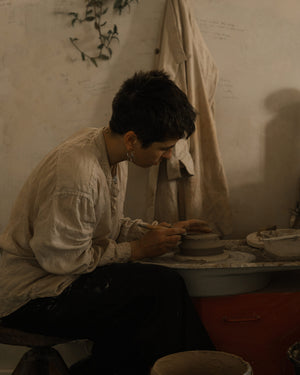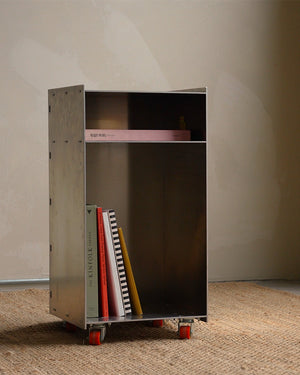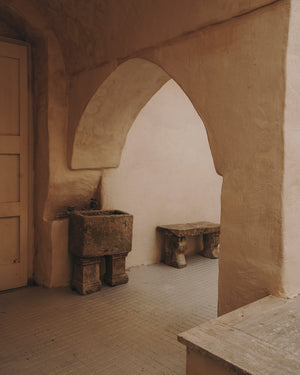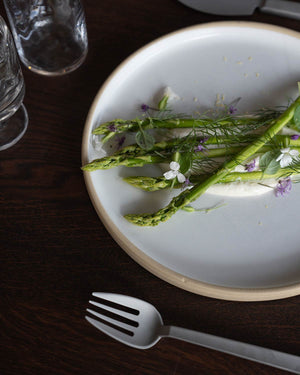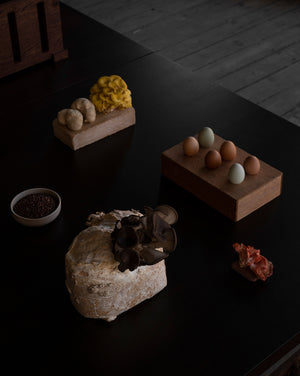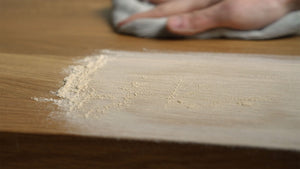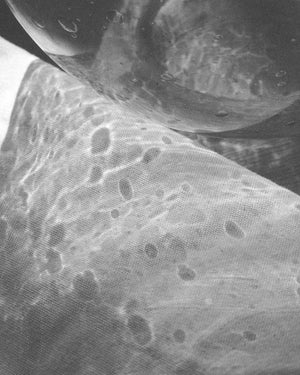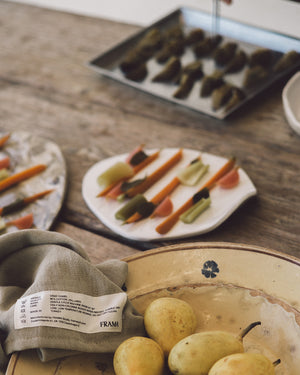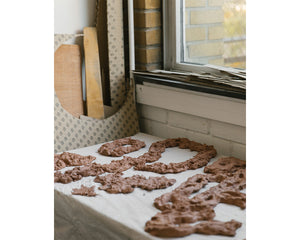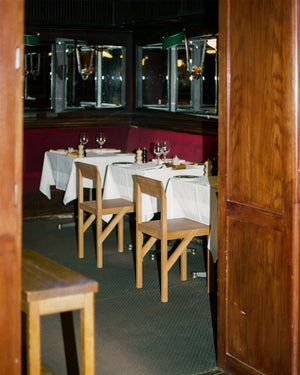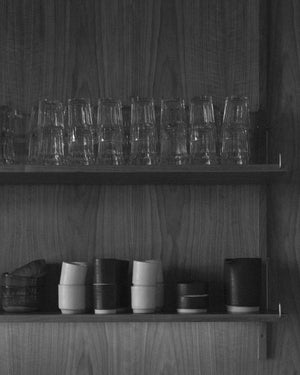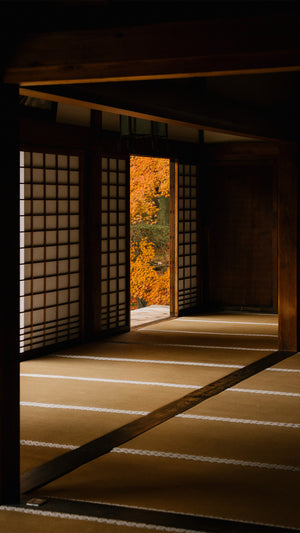
City Guide: Kyoto
Discover the FRAMA key to Kyoto: a design utopia with reverence for its natural history.
From fish markets to zen temples, Kyoto is a city that respects its surroundings—and the surroundings that came before it. This translates to the design culture of the city in a way that pervades throughout: wooden interiors reference their natural landscape, and menus highlight seasonal market finds. Make your way through the city and leave with a personal paradigm shift in tow.
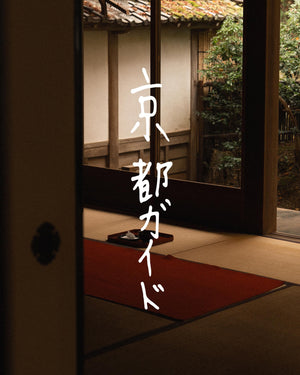
1. Eat and Drink
"Ototojet" operates in the ancient capital of Kyoto. A shop that sells fresh, wild-caught fish, and is based on the concept of “arranging” fish like you would flowers—as well as a commitment to reaffirming traditional Japanese dining practices while presenting a food culture for the future.
Sobatsuru
A family run restaurant / izakaya with traditional dishes, and a great Sake menu.
Dupree
A memorable atmosphere that offers a perfect place to relax after a busy day running around—the city's best natural wine selection.

An amazing space and natural tea concept. They produce their own teas, host tastings, and function as a gallery. They are located in a beautiful traditional Kyoto house.
Run by chef Masayo, Farmoon is an inspiring dining space full of craft pieces, vintage works, and art while serving up artisanal food and drinks where every detail is considered. A standout forest salad comes to mind, as well as water tapped from local trees. A true experience.
Monk is a small restaurant located just along the “philosophers path”: a serene place located just near Ginkakuji in Kyoto. Simple food prepared over an open fire (their most well-known dish is a pizza made inside their wood-fired oven), and using seasonal ingredients.

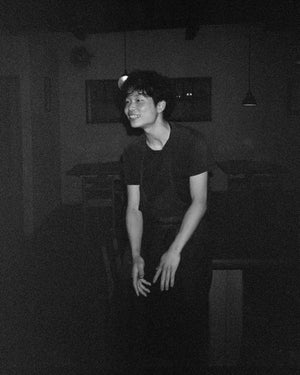
2. Shop
T.T
A minimal, exacting line that exemplifies the best of Japanese contemporary style. Sparsely presented in order to give attention to the detail of these designs, the shop is a carefully curated look at the art and design that influence fashion in the region today.
Hakimono Sekizuka Iwakura AA
About thirty minutes outside of central Kyoto, Iwakura AA is unexpectedly situated in a suburb in spite of its metropolitan aesthetic. Its curation is worth the travel, though, as the gallery and shop are run by hakimono footwear designer Shinji Sekizuka. His cult-like following merits the trip, as does the chance to find yourself in a more residential area of the region.
Kamisoe
A traditional craft paper space, studio, and shop run by the Karakami artisan Ko Kado. At Kamisoe, Ko Kado is one of only a handful of Karakami artisans still active in Japan reviving age-old processes, as modern living leans increasingly towards mass manufacturing and off-the-shelf interior design solutions.
Graphpaper Kyoto
A clean, inorganic shop and a gallery renovated from an old storehouse are connected by a small Japanese garden, a shop that embodies Minami's idea of ``wabi-sabi.'' Check out every detail inside. ``It's an honor to have Furama's apothecary line selected by a highly sensitive select shop that mainly sells clothing.''
Nota Shop (1 hour drive)
1 hour drive from Kyoto you find the amazing space of Nota Shop, a café, ceramic factory, exhibition space and shop. Worth the travel. They make lifestyle products and design based on ceramic. Located in Shigaraki, one of the oldest ceramic producing areas in Japan.
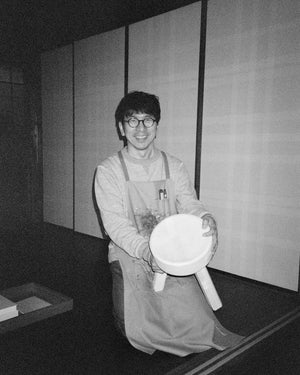
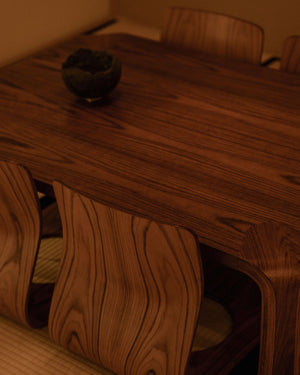

3. Inspire
The former studio and home of the ceramic artist Kawai Kanjiro is inspiring to say the least, and an intimate experience. For example: outside the house is his climbing kiln—a wonder in itself. Inside, an incredible selection of furniture, ceramics, and other curiosities could hold a visitor’s attention for hours.
Tōfuku-ji Temple
A physical pause button: step into the traditional karesansui garden and time will feel like it is slowing down within the beautifully tended space.
To-ji Temple's Kobo-san flea market
Surrounded by majestic temples, the Kobo-san flea market is a treasure trove. Everything from old tools, art, ceramics, furniture and wooden objects can be found once a month. Go early and don’t miss the chance to sample the food being offered on the occasion, too.
Komyoin Zen Temple
The most beautiful temple and garden. An inspiration for those who are seeking craft and design: each stone is carefully placed by hand, transporting any visitor to its construction.

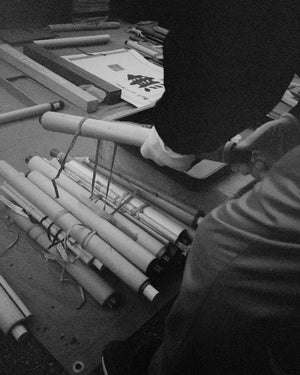

4.Stay
The only criticism that could be attached to Maana Homes is that they are very hard to leave. Visitors will feel relaxed, inspired and refreshed in any of their spaces, thanks to a great balance between craft, history and contemporary design, with every detail of the space carefully thought of. Run by the warmest hosts—the homes are an ideal starting point to feel welcome and at home in Kyoto.

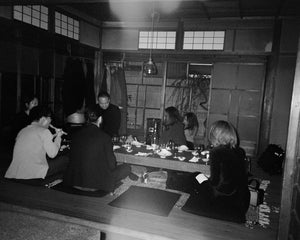
Discover our Kyoto City Guide on Google Maps
